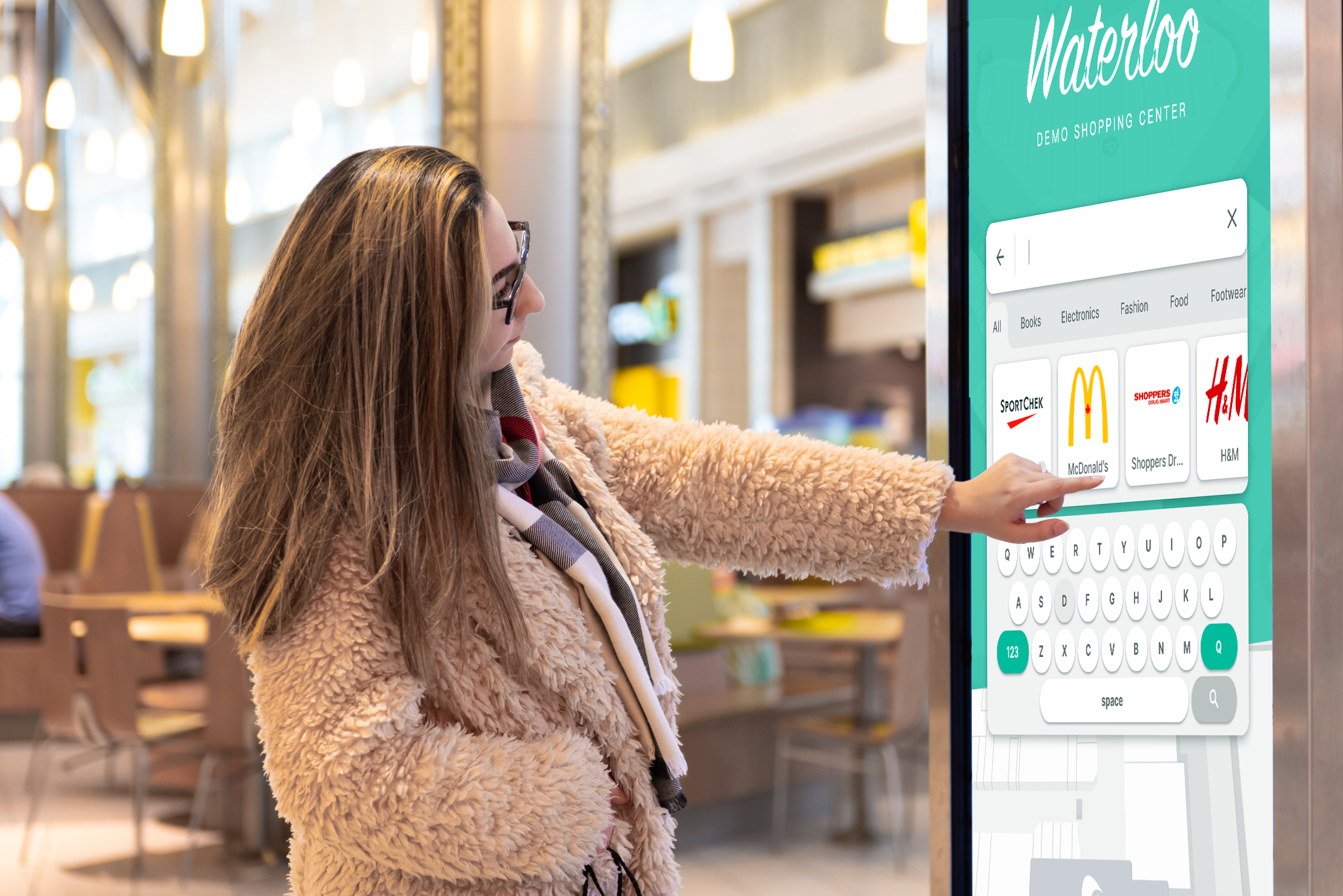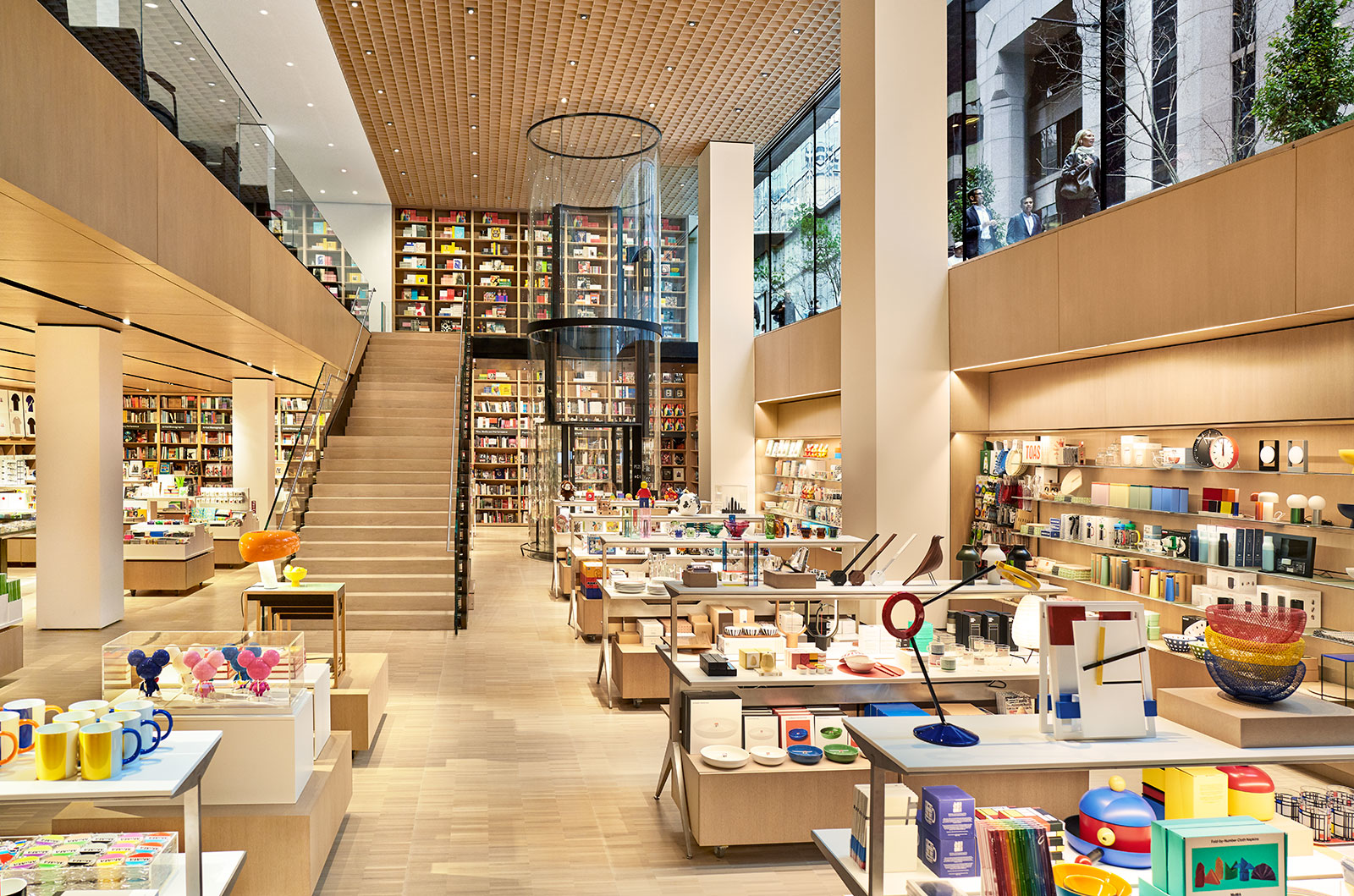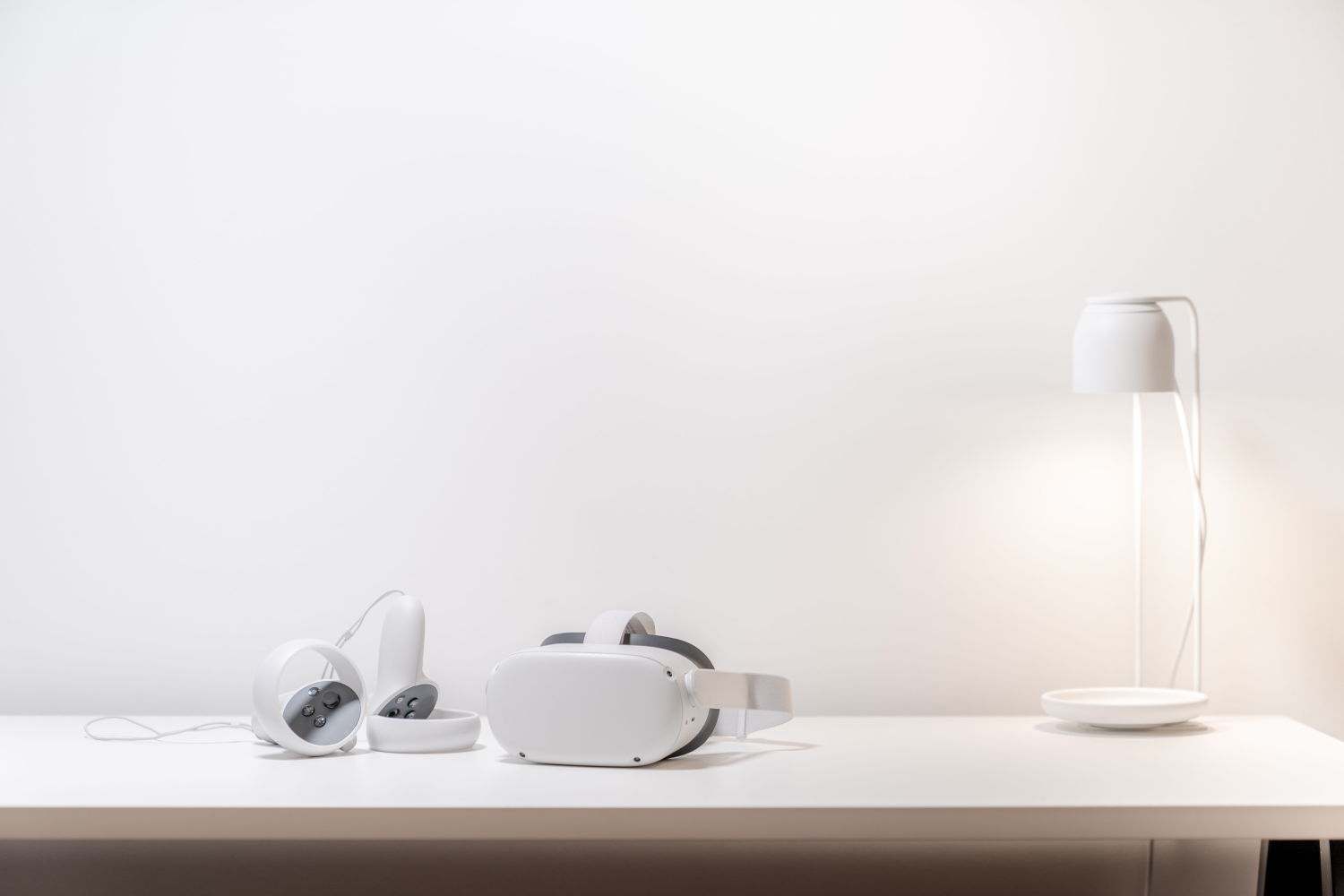Return to Resources
4 Predictions For Retail In 2021
Apr 8, 2021
5 min read
With shoppers ready and eager to return to some normalcy, we have to ask ourselves: what will the retail industry look like following the pandemic? What is the new normal for retailers and shoppers alike?
Let’s explore 4 predictions for the future of retail.
1. Online Shopping as the Go-To Method of Purchase
In the U.S. alone, boosts in online shopping related to COVID-19 accounted for an additional $174.87 billion of e-commerce revenue in 2020. These trends won’t be coming to an end anytime soon, as retailers continue to grow stronger online presences to account for the change in customer purchasing behaviour. Online shopping is now a go-to method of purchase from all retailers, whether that be a clothing store, a grocer, or even a liquor store.

In the past year, COVID-19 forced many retailers to re-evaluate their e-commerce operations in order to remain competitive and thrive. While brick-and-mortar will always be able to provide experiences that online shopping cannot, the changing nature of retail is here to stay. The spike in e-commerce will likely have lasting effects as online shopping has played a pivotal role during times when visiting physical storefronts is not a possible, convenient, or safe option. Anything from alcohol, to toilet paper, to groceries, can be purchased with one click of a button. This has revealed to consumers how convenient online services are, pandemic or not. For these reasons, e-commerce operations and shopping online will continue to grow in popularity and flourish in the retail industry.
2. Pickup is Here to Stay
Purchasing online isn’t the only service that grew amidst the pandemic, as many retailers enabled contactless options such as in-store pickup and curbside pickup. Shoppers can place a digital purchase and pick it up, avoid entering retail stores, and save time. While some retailers were already offering this service, many retailers quickly adopted this option out of necessity. Now, more retailers are realizing the benefits, as pickup options increase online sales, and in-store pickup can lead customers to make additional sales. This option also enhances customer service overall by offering convenience and different purchasing options to consumers. In fact, a study found that 50% of respondents decide where to shop based on whether or not they can pick up in-store. As such, pickup options are a preferred method of shopping and are here to stay post-pandemic.
3. Contactless Options: The New Norm
Following the pandemic, shoppers’ health and safety will remain of utmost importance for retailers. From contactless delivery to pickup options, retailers are adapting their stores to promise safer shopping experiences. Along with better cleaning practices, retailers will likely start implementing contactless options in their stores (if they haven’t already). This includes contactless payment, virtual product displays, and self-service technology to name a few.

Contactless retail is all about eliminating human touchpoints across the end-to-end customer buying processes. While this presents a safety measure, it also offers convenience and an expedited experience for consumers at retail stores. For instance, consumers can locate items on a kiosk and proceed to self-checkout for a fast and seamless shopping experience. With touchless kiosks, consumers can scan QR codes and utilize the kiosks’ offerings from their mobile device or activate directories with voice recognition. The amount of contact in a retail store will inevitably be up to the customer, and for many, contactless shopping is the new normal. With this in mind, retailers will continue to adopt contactless technology to meet consumer purchasing preferences.
4. More Digital Experiences
As shoppers are becoming more adept at utilizing technology that goes beyond kiosks and self-checkouts, we can expect to see more digital experiences in the retail space. Prior to the pandemic, 5G was gaining momentum in social media as it can empower new experiences such as augmented reality and smart mirrors. In retail, this would enable shoppers to try on clothing or makeup virtually through a high-definition screen or mobile device.
Instead of physically touching items, customers can simply test out products with tools like voice recognition, facial recognition and gesture control. Smart mirrors create a realistic augmented reflection, and AR try-on tools can also be implemented into apps. For instance, MAC Cosmetics has launched an AR try-on tool for their e-commerce website. This way, shoppers can try on products before purchase, without the physical product. This innovative technology allows retailers to build an enhanced shopping experience, either in-store or online. This trend will certainly continue post-pandemic as retailers rethink customer experiences and undergo digital transformation.

Future of Retail
Retail looked a lot different a year ago than it does now. The shopping behaviours and preferences of customers have changed amidst COVID-19, and they are likely here to stay. With the ability to go into a physical retail store, many customers will still prefer to use online and contactless services. As such, the future of retail will reflect the changes that retailers continue to undergo to offer safer spaces, increased services, and more convenience to customers.
Retailers will continue to seek new and innovative ways to grasp the attention of consumers, such as implementing experiences with augmented reality. Digital transformation in the retail space was prompted by the pandemic, but the effects will undoubtedly be long-lasting.
Want to learn more about technology used in the retail industry? Visit our website, or contact us today!


